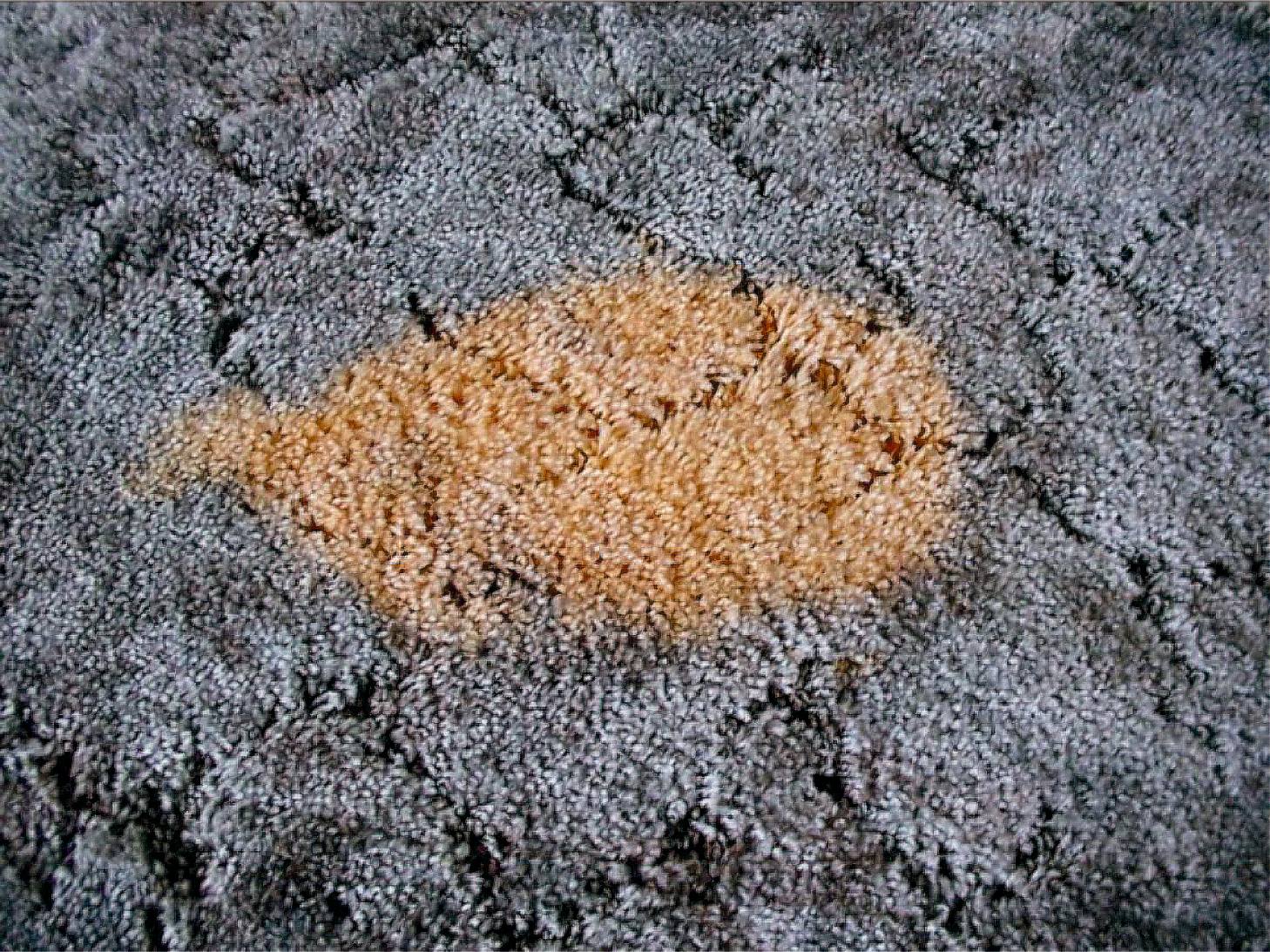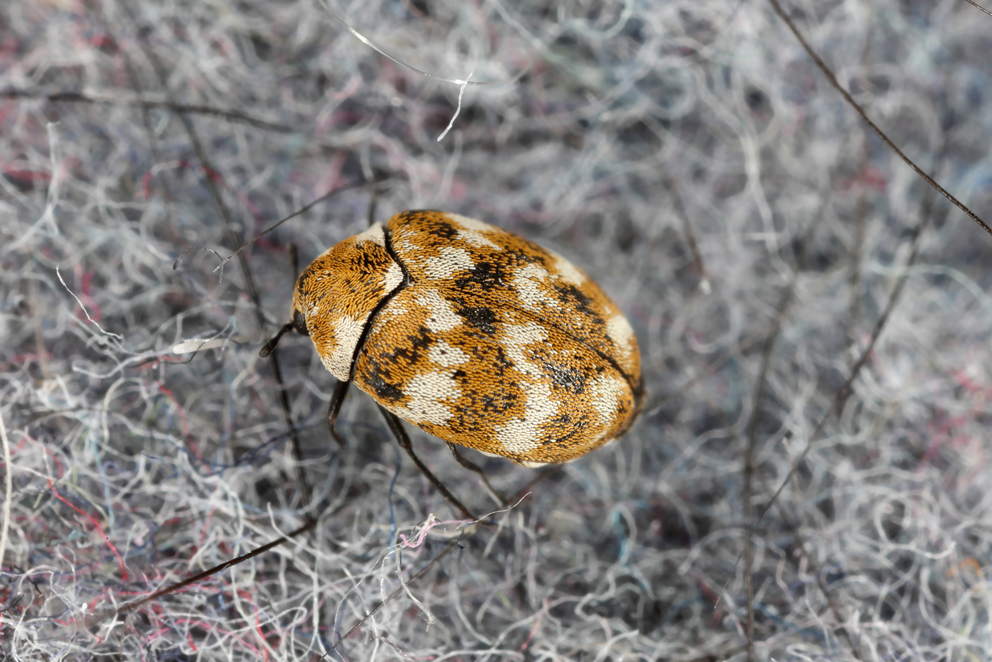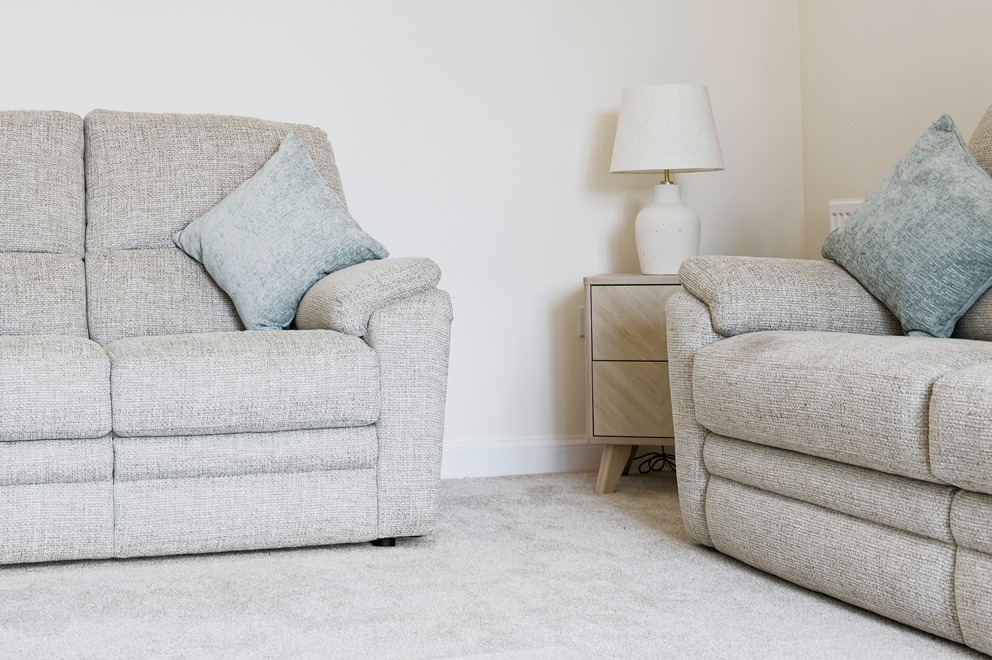
How To Allergy-Proof Your Home
Allergies can severely impact sufferers. From dust to pollen, allergens are found all over the home, and many are invisible to the naked eye. If not removed, these allergens can trigger symptoms of asthma and eczema, as well as causing headaches and congested airways. To reduce these symptoms, there are a few simple things that you can do…
Find a balance with ventilation
It can be tricky to find the balance between sufficient ventilation and protection against outdoor allergens. Keeping windows and doors closed during pollen season can prevent it entering your home. However, you don't want the indoor air to stagnate, so air conditioning is recommended.
There are several devices that can help you keep your air clean.
- Extractor fans in kitchens and bathrooms will help remove excess moisture and steam from the air.
- Air purifiers are designed to remove allergens from the air and prevent them from swirling around your home.
- Dehumidifiers reduce humidity, which reduces the likelihood of mould forming.
Regularly wash bedding
One of the most common allergens in the home are dust mites, which love to burrow into soft furnishings. Dust and dead skin can collect in unwashed fabrics and create a feast for dust mites. There are several ways to prevent this.
- You can buy allergen resistant covers for mattresses and pillows, which prevent dust mites from getting to them.
- Ensure that you regularly change your bedsheets and pillowcases, washing them at a warm temperature to kill dust mites.
- If you have a child who is allergy-prone, make sure that their soft toys get washed regularly, especially if they cuddle them at nighttime.
Choose furnishings carefully
Some furniture attracts allergens more than others, so you can choose items that will make your home easier to maintain.
Washable soft furnishings
Switching to washable curtains and rugs allows you to clean them regularly. Where possible, choose furniture without upholstery. Chairs made of wood, metal or plastic are much easier to clean, and have fewer places for dust mites to live. Similarly, low-pile carpet collects fewer allergens and is easier to clean.
Minimise clutter
Clutter can collect dust and be fiddly to clean. Keeping surfaces clear makes your life easier. In particular, potted plants can attract mould. You can cover the soil with stones or aquarium gravel to keep any mould contained.
Take care of your carpets
Dust mites love carpets, and other allergens can get embedded in the fibres of your carpet. By vacuuming at least once or twice a week, you can keep them at bay.
Regularly deep cleaning your carpet can also clean out any allergens that have built up. If you do spot any mould, make sure that you treat it as soon as possible to prevent the spores from spreading. However, there are several downsides to DIY cleaning, which is why a professional clean is recommended around once a year – which brings us to…
Hire a professional carpet cleaner
The National Carpet Cleaning Association has a directory of accredited carpet cleaners, so you know you’re getting the best results for the money you spend on carpet cleaning. All of our carpet cleaners are trained and insured to ensure that our members are reliable and capable. That means they’re best placed to eliminate allergens on your floors.
Search our directory or take a look at our FAQs to find out more.



